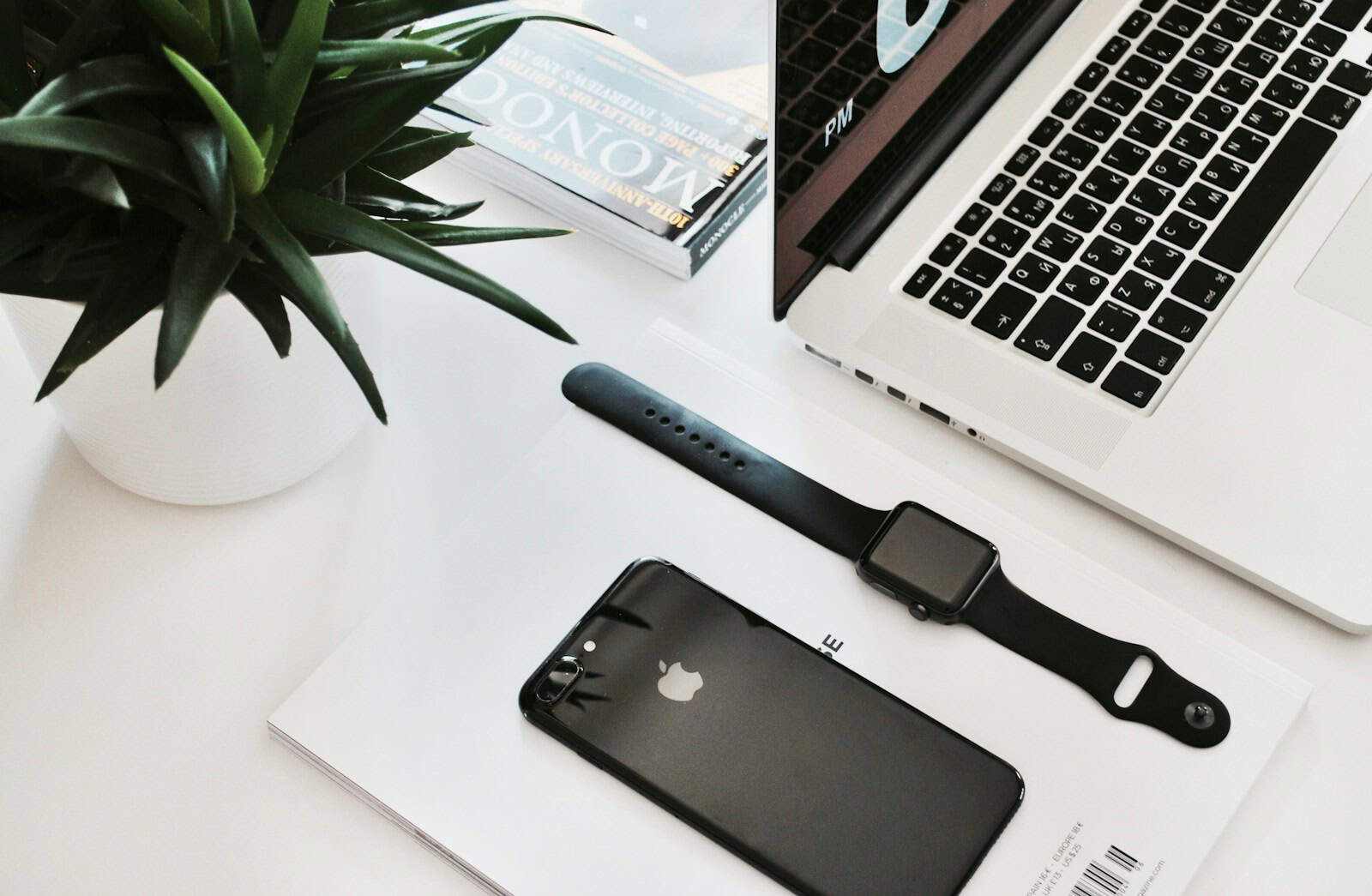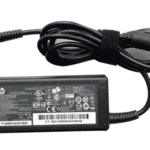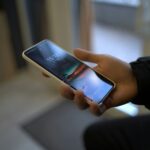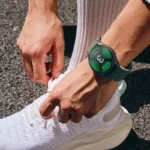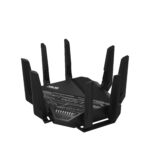Apple is reportedly gearing up to introduce a long-awaited feature to its upcoming iPhone 17 Pro: reverse wireless charging. This means you may soon be able to charge your AirPods, Apple Watch, or other Qi-compatible accessories just by placing them on the back of your phone—no cables or battery packs required. It’s a feature Android users have enjoyed for years, and now Apple might be ready to catch up.
iPhone 17 May Finally Get Reverse Wireless Charging: What That Means for You
What Is Reverse Wireless Charging?
Reverse wireless charging, also known as bilateral charging, allows a device like a smartphone to act as a wireless power source for other gadgets. Instead of plugging in a charger, you simply place your AirPods or smartwatch on the back of your phone, and it starts transferring energy wirelessly.
For the iPhone 17 Pro, Apple is reportedly testing the ability to deliver up to 7.5W of wireless charging power. That’s not enough to recharge another iPhone efficiently, but it’s more than sufficient to top off smaller devices like earbuds and wearables.
Why It Matters
Apple’s ecosystem thrives on seamless integration, and this feature would add a new layer of convenience. Imagine being on a flight or in a car and realizing your AirPods are dead—just set them on your iPhone, and they’re charging. Forget packing multiple charging cables; one phone can now power your key accessories.
It also aligns with Apple’s broader vision of eliminating cables entirely. With MagSafe, wireless charging, and the iPhone’s recent switch to USB-C, Apple is clearly inching toward a future where all your devices charge without clutter.
How This Compares to Other Phones
Samsung introduced reverse wireless charging (dubbed Wireless PowerShare) with the Galaxy S10 back in 2019. Google’s Pixel lineup and some Huawei and Xiaomi devices also support the feature. Apple’s delay likely stemmed from concerns around efficiency, heat management, and battery drain.
Until now, the only quasi-reverse charging Apple offered was with the MagSafe Battery Pack—when connected to an iPhone, it could slowly recharge your AirPods in their case. But that was limited and required specific positioning and accessories. The iPhone 17’s approach would be simpler, more flexible, and much more useful.
Key Benefits
- Power on the Go: Keep your Apple Watch or AirPods alive without needing an outlet or extra hardware.
- Fewer Chargers to Carry: Perfect for travelers, commuters, or anyone who values simplicity.
- Enhanced Ecosystem Harmony: Deepens integration between iPhone and other Apple devices.
- Competitive Catch-Up: Brings the iPhone in line with Android rivals that have offered this for years.
Potential Limitations
- Battery Drain: Charging accessories wirelessly from your phone’s battery will obviously reduce its own battery life faster.
- No iPhone-to-iPhone Charging: 7.5W is fine for small devices but too slow to charge another phone effectively.
- Still in Testing: Apple is reportedly experimenting with this on iPhone 17 Pro prototypes, but it hasn’t confirmed it will be in the final product. As always, features can be delayed or scrapped entirely before launch.
When to Expect It
The iPhone 17 lineup is expected to be announced around mid-September 2025. If reverse wireless charging does make the cut, it will likely be limited to the Pro models at first, continuing Apple’s strategy of differentiating the high-end devices with advanced features.
Bottom Line
Reverse wireless charging is a practical upgrade that fans have been requesting for years. While Android devices have had it for some time, Apple’s eventual rollout could be more polished, integrated, and reliable—hallmarks of its late-but-refined approach. If you’re deeply invested in the Apple ecosystem, this feature could make the iPhone 17 Pro a compelling upgrade purely on convenience alone.
Key Takeaways
- iPhone 17 Pro models may include wireless reverse charging at 7.5W for powering AirPods, Apple Watch and other accessories.
- This feature would improve upon the current USB-C charging option by eliminating the need for cables entirely.
- While Apple is testing the technology, its inclusion in the final iPhone 17 release remains uncertain.
Innovations in iPhone 17 Wireless Charging Capabilities
Apple’s upcoming iPhone 17 models may introduce significant advancements in power-sharing technology that could change how users charge their Apple devices.
Revolutionizing Power: Reverse Wireless Charging
The iPhone 17 Pro models are reportedly being tested with reverse wireless charging capabilities, a feature that allows the phone to share power with other devices. According to leakers, this technology would offer 7.5W of power transfer – enough to charge small accessories effectively.
This isn’t Apple’s first attempt at this technology. Components for wireless reverse charging were actually discovered in iPhone 12 teardowns, but the feature was never activated. The iPhone 17 Pro might finally deliver on this long-awaited functionality.
The 7.5W charging speed is half the peak wireless charging rates of some competitors, but still practical for emergency charging situations. Users won’t need to carry extra cables or power banks for quick charges of smaller devices.
Enabling Wireless Charge for Apple Watch and AirPods
The most practical application for this feature will be charging Apple accessories like AirPods and Apple Watch. Users could simply place their AirPods case on the back of their iPhone 17 Pro to recharge them when away from home.
This feature would be particularly useful for:
- Travel situations when carrying multiple chargers is inconvenient
- Emergency charging when AirPods or Apple Watch batteries are low
- Reducing cable clutter in everyday scenarios
The implementation would likely involve placing accessories on the back of the iPhone, similar to how MagSafe accessories currently attach. Some reports suggest the feature might be limited to the Pro models, though Apple’s final plans remain unconfirmed.
While Android phones have offered similar features for years, Apple’s implementation might provide tighter integration with its ecosystem of devices.
Technical Specifications and Design Enhancements
The iPhone 17 Pro introduces cutting-edge hardware capabilities that promise to transform how users interact with their Apple accessories through wireless charging innovations and connectivity upgrades.
A18 Chip Efficiency and Charging Technology
The iPhone 17 Pro will likely feature the advanced A18 chip, which brings significant power efficiency improvements critical for supporting new charging features. This chip manages power distribution more effectively than previous generations, making reverse wireless charging possible without excessive battery drain.
Testing is underway for a feature that would allow the iPhone 17 Pro to wirelessly charge AirPods, Apple Watch, and potentially other small accessories. The system reportedly uses the phone’s back panel as a charging surface.
The charging capability is expected to deliver around 5W of power – sufficient for smaller Apple accessories but not enough for larger devices like iPads. This power level strikes a balance between functionality and battery preservation.
The Dynamic Island may gain new functionality to display charging status when accessories are placed on the back of the phone. This would offer users visual confirmation of charging initiation and completion.
USB-C Port and Future of Connectivity
The iPhone 17 Pro continues Apple’s transition to USB-C connectivity, offering faster data transfer rates and improved compatibility with non-Apple accessories. The port supports charging in both directions, complementing the wireless charging capabilities.
Apple’s shift to USB-C aligns with global regulations while delivering practical benefits to users. The standardized connection makes the iPhone 17 Pro more versatile for connecting to cameras, external displays, and other peripherals.
The iPhone 17 Air model may feature Apple’s first self-designed 5G modem chip (called C1), while other iPhone 17 models will likely continue using Qualcomm modems. This custom modem promises exceptional power efficiency – critical for maintaining battery life in ultra-thin designs.
USB-C also enables faster charging speeds when using compatible power adapters. This combination of wired and wireless charging options gives users flexibility based on their situation and available accessories.

